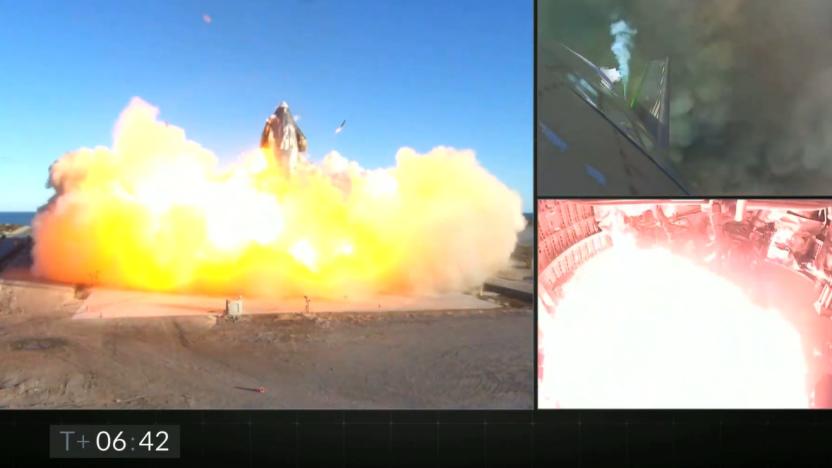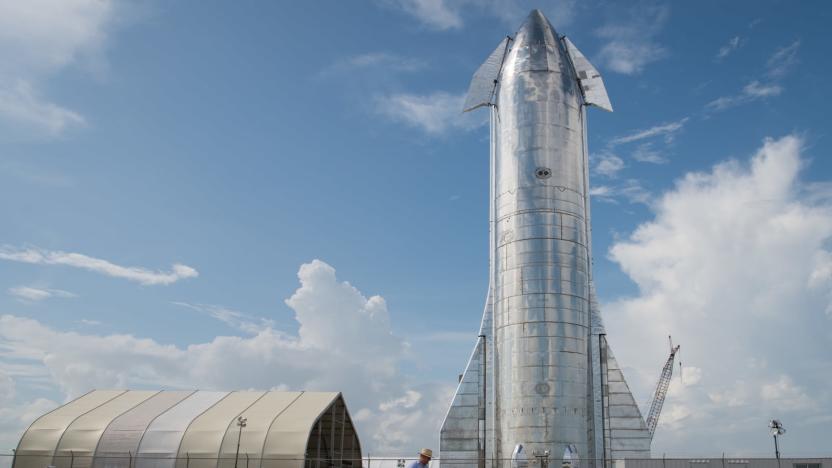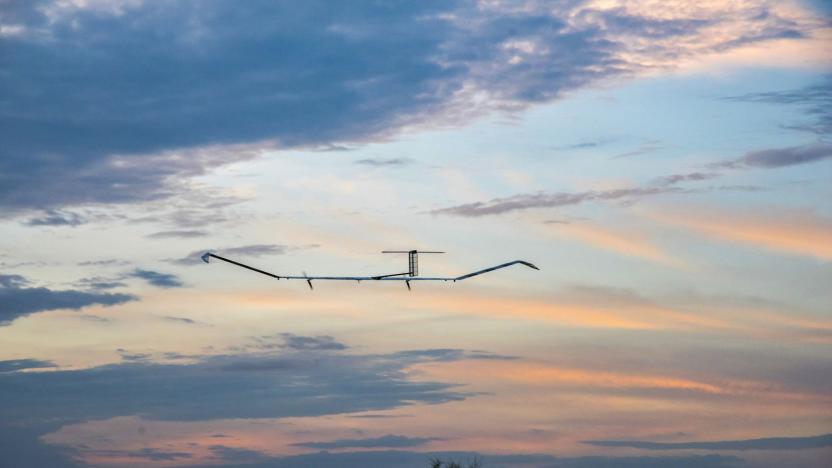high altitude
Latest

SpaceX Starship high altitude test flight ends in a fiery explosion
SpaceX successfully launched and flew a prototype of its new Starship vehicle, before it exploded while attempting to land.

SpaceX asks permission to take Starship on a high-altitude test flight
One of the next major steps in SpaceX's plans for true spaceflight will be a 12-mile-high test flight. Sometime between March and September, the company plans to launch its Starship suborbital test vehicle from Boca Chica, Texas. The Starship will travel to an altitude of 12.4 miles, or 20 kilometers. SpaceX will then attempt to land and recover the vehicle.

Solar-powered aircraft stays aloft for record-breaking 25 days
While Facebook and Google recently pulled the plug on their solar-powered internet drones, another company with a lot more experience is having success with the idea. Airbus announced that its solar-powered Zephyr S HAPS (high altitude pseudo-satellite) flew for 25 straight days, setting a time aloft record for any airplane, ever. It shattered the previous record of 14 days, marked by a previous prototype Zephyr aircraft.

NASA's high altitude ER-2 scans California's wildfires
For the second time this year, swaths of California are burning out of control thanks to unseasonably warm and dry temperatures. To better study what's happening and assess the environmental impact, NASA deployed its high-altitude ER-2 aircraft with a host of scientific instruments on board. In the image above, sunlight glints off its wing as it flies over the Thomas Fire in Ventura county at around 65,000 feet.

NASA to study hurricanes with unmanned Global Hawk aircraft starting this year
From the precursor to our future robot overlords to a galactic collision that just might ruin the day of our future descendants, NASA's been focused on extraterrestrial matters as of late. Still, the space agency isn't about to ignore its own backyard, announcing plans to send unmanned aircraft above hurricanes starting this summer to beef up its environmental science know-how. NASA's Hurricane and Severe Storm Sentinel (HS3) program is commissioning two of its Global Hawks for the job -- one for sampling storm environments and another for measuring stuff such as rainband winds and precipitation. The goal is to gather data that will help researchers better understand storm intensity and how hurricanes form. While NASA's at it, perhaps it can also research why TV reporters feel the need to deliver those comical field reports while being buffeted by hurricane winds. Then again, we highly doubt there's a logical explanation for that. As always, feel free to peruse the PR after the break for more details.

NASA's Global Hawk completes unmanned airborne refueling simulation, will do it for real next year (video)
While some bot makers are busying themselves designing AI to simulate humans' natural and distinct lack of intelligence, it's nice to see there are still old-fashioned researchers out there keeping the Skynet dream alive. Northrop Grumman's aeronautics gurus have paired together a Global Hawk unmanned aircraft with a manned Proteus ship way up in the skies -- 45,000 feet, to be precise -- with the vessels of ingenuity managing to fly in tandem at a distance as short as 40 feet. Unsurprisingly, this is the first time such intimacy has been reached between UAVs (the Proteus had a monitoring crew on board to ensure the insurance bill wasn't through the roof) in high altitude, and the ultimate goal of having two Global Hawks doing the deed without any human intervention is said to be within reach by next year. That's when these light and agile air drones will be able to refuel themselves and go on for a mighty 120 hours in the air... plenty of time to complete a well planned extermination down below, if one were so inclined.



